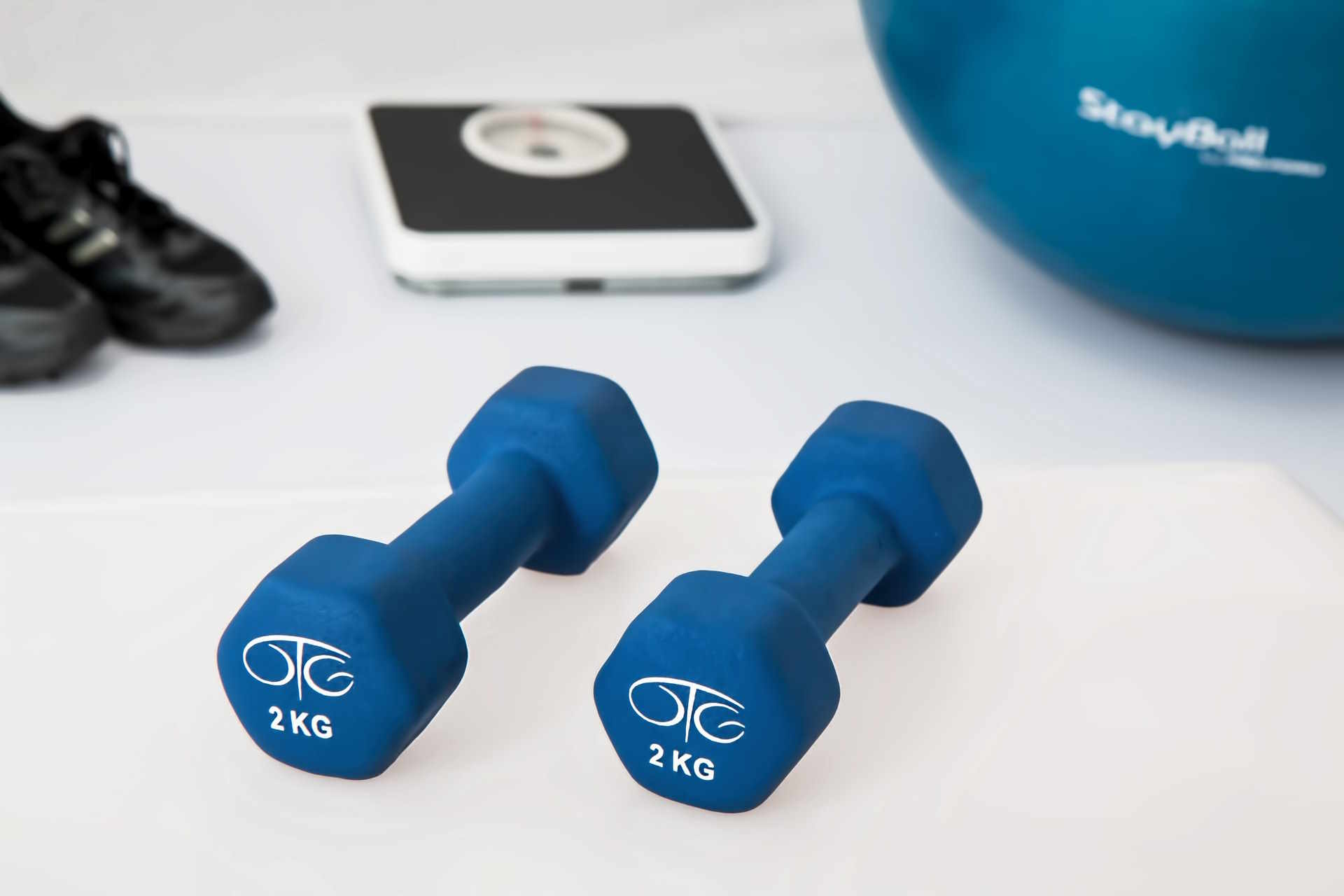The Benefits of Cross-Training in Athletic Performance
The world of sports is evolving at a breakneck pace, and athletes are continuously seeking innovative ways to improve their performance. One of the latest trends that has been gaining traction in this regard is cross-training. This practice involves incorporating various types of exercises into an athlete's regular routine, instead of focusing solely on the exercises directly related to their specific sport.

The Concept of Cross-Training
Cross-training is an effective method to enhance overall athletic performance. It involves mixing different types of workouts to ensure a well-rounded fitness routine. This diversification can include resistance training, aerobic exercise, and flexibility training, among others. The primary goal of cross-training is to prevent overuse injuries, maintain a high level of overall fitness, and avoid the monotony of repetitive workouts.
Enhancing Athletic Performance through Cross-Training
Cross-training can significantly improve an athlete’s performance in their primary sport. For instance, a football player might incorporate running or swimming into their regular routine to improve their cardiovascular health. This improved cardiovascular fitness can contribute to better stamina and endurance on the field. Similarly, a tennis player or a boxer might benefit from yoga or Pilates to enhance their flexibility and balance, ultimately leading to better performance during their matches.
Cross-Training and Injury Prevention
Overuse injuries are a common problem among athletes. These injuries occur due to repetitive strain on specific muscles and joints. Cross-training can help prevent these injuries by distributing the load of physical activity across a broader range of muscles. This balanced approach ensures that no single muscle group is overworked, reducing the risk of injury.
Mental Benefits of Cross-Training
In addition to the physical benefits, cross-training also offers mental advantages. Engaging in a variety of workouts can keep an athlete’s routine exciting and enjoyable, making it easier for them to maintain their training routine. This variety can also help athletes avoid burnout and keep them mentally fresh for their primary sport.
Tailoring Cross-Training to Individual Athletes
While the benefits of cross-training are universal, the specific plan must be tailored to each athlete’s needs and their primary sport. For instance, a basketball player might require more emphasis on cardiovascular and agility exercises, while a weightlifter might need more focus on flexibility and balance training. A well-structured cross-training program should take these individual needs into account.
Useful Tips and Facts
- Cross-training can be easily integrated into an athlete’s regular routine and can be as simple as adding a new type of workout once or twice a week.
- It’s crucial to remember that cross-training should complement an athlete’s primary training, not replace it.
- Be aware of your body’s signals. Overtraining can lead to injuries, even with cross-training.
In conclusion, cross-training offers a myriad of benefits to athletes, ranging from improved performance and injury prevention to mental freshness. By incorporating different types of workouts into their routines, athletes can enhance their overall fitness and excel in their primary sport. As the sports world continues to evolve, practices like cross-training will undoubtedly play an increasingly significant role in athletic training and performance optimization.




